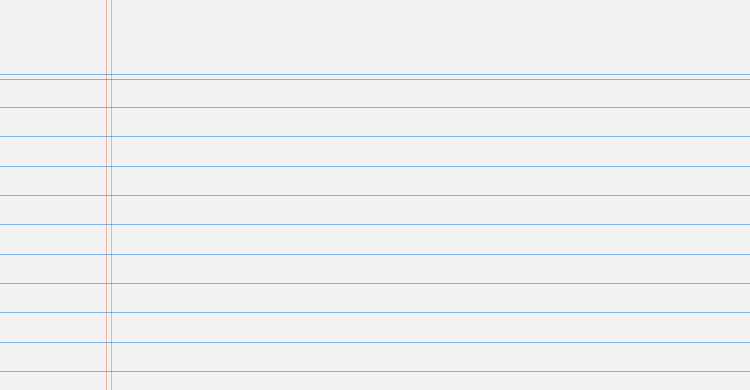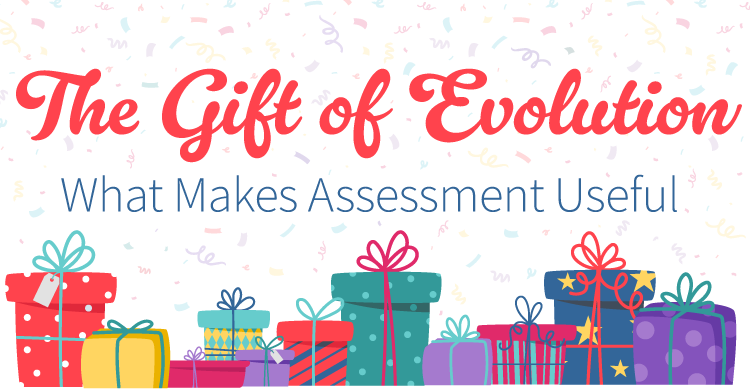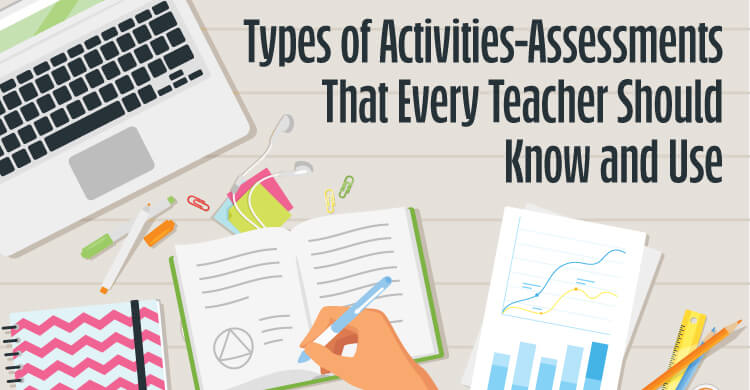Teachers often talk about the pressure they feel to raise their school’s test scores, especially in the current environment which suggests that teachers should be evaluated on the results of high stakes state tests. However, because most states have now adopted the new Common Core standards, and because we don’t know exactly what the assessments for these new standards will look like, I believe that we have an opportunity right now to begin assessing our students the right way; the way we know will make a difference for their learning.
What do I mean by the right way? First, the Common Core standards demand higher levels of thinking from our students, and the rigor of the expectations increases at each grade level. If we really expect this level of rigor from our students, it becomes critical that teachers work collaboratively to decide which of the standards they believe are their essential standards—the standards they will monitor frequently and formatively, and will provide additional time and support for students who don’t master them after initial instruction. Teams then align these power (essential) standards vertically to assure a quality instruction and assessment plan. (Reeves, 2002)
In most schools, the reality is that teachers feel they must review many concepts from the previous year’s curriculum because they aren’t assured that all kids in their class will have the prerequisite knowledge required for new learning. In fact, as a middle school principal, I remember having a discussion about students who don’t capitalize the first letter of the sentence and don’t put punctuation at the end. This is a concept taught in kindergarten, and yet we review and reteach it every year thereafter. No wonder students do not apply the concept, even by the 8th grade; they have learned that no one expects them to follow through.
This is an extreme example, but the reality is that this happens in every curricular area and every grade level. Imagine the amount of time we would “capture back” by not having to review and reteach the same concepts year after year. If we are really expecting students to meet the more rigorous Common Core standards, we will need that teaching time.
Thus, power standards are learning standards that we guarantee all students will know when they leave a course or grade level. We monitor them frequently and provide time and support when students haven’t learned them. They are not the total curriculum.
Assessing the right way also includes unwrapping the standards into learning targets that are clear to teachers as well as to students. These new Common Core standards require collaborative discussions about their meaning and about what proficiency will look like. When common formative assessments are written around a few very specific learning targets, the resulting data tell teachers exactly what their students did or did not learn and what they need to provide corrective instruction about.
Our common formative assessments should be designed around three or less learning targets that have been chosen by teams of teachers because they are either the most important targets currently being taught, they are the targets that students most often misunderstand, or they are prerequisite skills for upcoming learning. Short (20 minutes or less) common formative assessments done frequently (weekly to every three weeks maximum) will provide the information teachers need to know what to do next for students. (Bailey and Jakicic, 2011)
Finally, the right way means designing assessments that allow students to demonstrate learning at high levels, not rote memorization or simple comprehension. Common formative assessments that allow students to demonstrate their ability to analyze and respond to information, to show critical reasoning, to integrate information from a variety of sources, and to problem solve in new situations will look very different (think constructed response and performance items) than common formative assessments that require only knowledge and comprehension (think selected response).
We want to see student reasoning around specific learning targets and how they use and apply the new information and skills they’ve learned. For example, an eighth grade language arts team may agree to assess the target “analyze two pieces of text that have conflicting information about the same topic.” As they develop the assessment item(s), they may debate what the expectations for students will be: to point out if they are conflicting in point of view, specific facts, or interpretation of facts. Ultimately, they will need to develop an item that specifies what the expectation for responses and the scoring rubric will look like. For example:
| 1 | 2 | 3 | 4 |
| The response doesn’t demonstrate an understanding about how the two pieces of text are in conflict or provide examples. | The response explains how the two pieces of text are in conflict but provides no examples from either piece of text. | The response explains why the two texts are in conflict and provides examples of differences in facts or differences in interpretation of the facts. | The response explains why the two pieces of text are in conflict and provides examples of both differences in facts as well as differences in interpretation of facts. |
Based on the results of this common formative assessment, teams can provide corrective instruction for students who scored a 1 or 2 with additional instruction and practice on how an author supports a claim or argument for the reader. They can also provide enrichment for those students who have learned this target and would benefit from some more complex text examples.
We want our students to learn at high levels and we must design our common formative assessments to provide the information we need to know what they’ve learned and what they still need to learn. Let’s take this opportunity to do this the right way.
References
Bailey, K. & Jakicic, C. Common formative assessment: A toolkit for professional learning communities at work. Bloomington, IN: Solution Tree Press.
Reeves, D. B. (2002). The leader’s guide to standards: A blueprint for educational equity and excellence. San Francisco, CA: Jossey-Bass.
[author_bio id=”76″]






